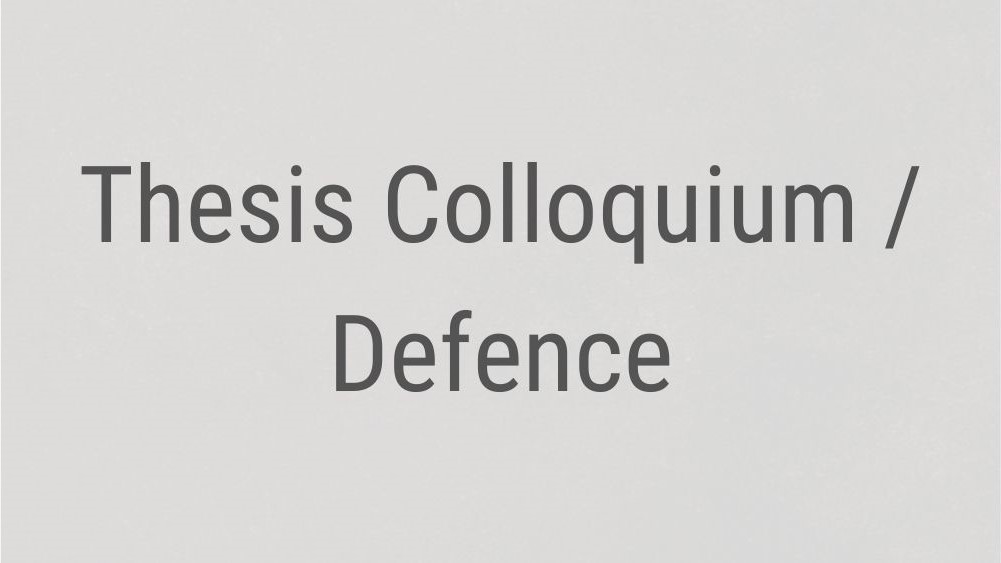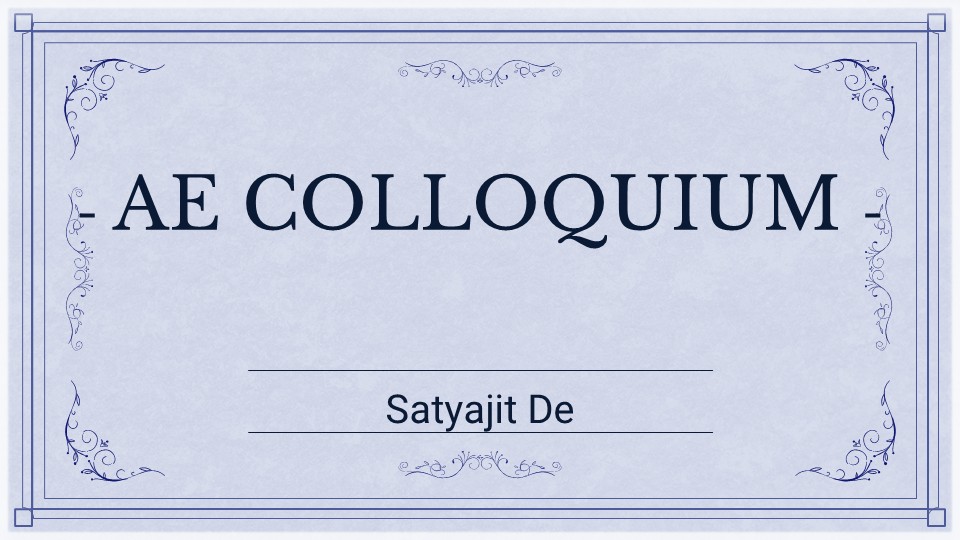
- This event has passed.
[PhD Defense] Wave Propagation in Bio-Inspired Inhomogeneous waveguides for Impact Mitigation Applications
July 5, 2024 @ 4:30 PM - 5:30 PM

Decades of research aim to shield structures and people from impact and shock, mitigating damage and traumatic brain injuries. The development of novel structures to absorb energy and reduce stress waves in structures is indispensable. This thesis derives inspiration from the biological structure of the woodpecker beak. The woodpecker pecking generates very high amplitude impact loads causing stress waves to propagate in its inhomogeneous beak structure, without sustaining any brain injury. The main aim of this thesis is to mimic such inhomogeneous structures in the critical mechanical systems that require impact mitigation. This dissertation focuses on comprehensive investigation of computational and experimental wave propagation analysis in such bio-inspired inhomogeneous structures, which are often periodic, symmetric or anti-symmetric about the midplane, while exhibiting both the elastic and viscoelastic material behaviour. Importantly, the goal of these new bio-inspired designs is to control the wave propagation in terms of increased attenuation, reduction of group speeds and increase in dispersion.
Firstly, the superconvergent finite elements (FE) for longitudinal and flexural wave propagation analysis in the symmetrical sinusoidally corrugated bio-inspired structures considering both elastic and viscoelastic material models are developed, whose accuracy is validated using Abaqus. In addition to the wave propagation studies, static and free vibration analyses are also carried out in such structures. Next, the governing differential equations and the superconvergent FE are derived for the wave propagation analysis in the shear-deformable waveguides with anti-symmetric sinusoidal corrugations that introduce coupling between the wave modes, and it is validated using the conventional FE. The study resulted in the development of the methodology to easily manipulate wave propagation characteristics. Thus, a few optimised waveguide configurations that can reduce both group speeds and wave amplitudes are presented.
Due to the advantage of modeling viscoelasticity in the frequency domain, the frequency domain finite elements based on the spectral FE are developed for both elastic and viscoelastic structures. Exploiting the periodicity of the bio-inspired structures, the dispersion plots are obtained using the Floquet-Bloch theorem and the transfer matrix method. The spectral FE and Bloch theorem-eigenvector methods are then used to obtain the time-history responses in the semi-infinite as well as finite structures. For dynamic and wave propagation analysis of viscoelastic structures in the time domain, a new direct time integration scheme is also proposed. The stability analysis of the proposed scheme is carried out using the spectral technique as well as the von Neumann stability criteria. The responses obtained using the proposed time integration scheme for various structures are validated with a commercial finite element code.
Based on the conducted research, facesheets for honeycomb sandwich structures as a practical application for blast wave mitigation are developed. The suture structures in the facesheets are obtained with the multi-objective structural optimization method using genetic algorithm (NSGA-II), wherein the developed viscoelastic FE formulation is used. The performance of this optimized suture-based face sheet is experimentally tested in a vertical shock tube to validate the results obtained using Abaqus.
In summary, this thesis offers a multidisciplinary approach in investigating and understanding wave propagation in the bio-inspired inhomogeneous structures and its relevance to impact mitigation.
Speaker: Manish Suresh Raut
